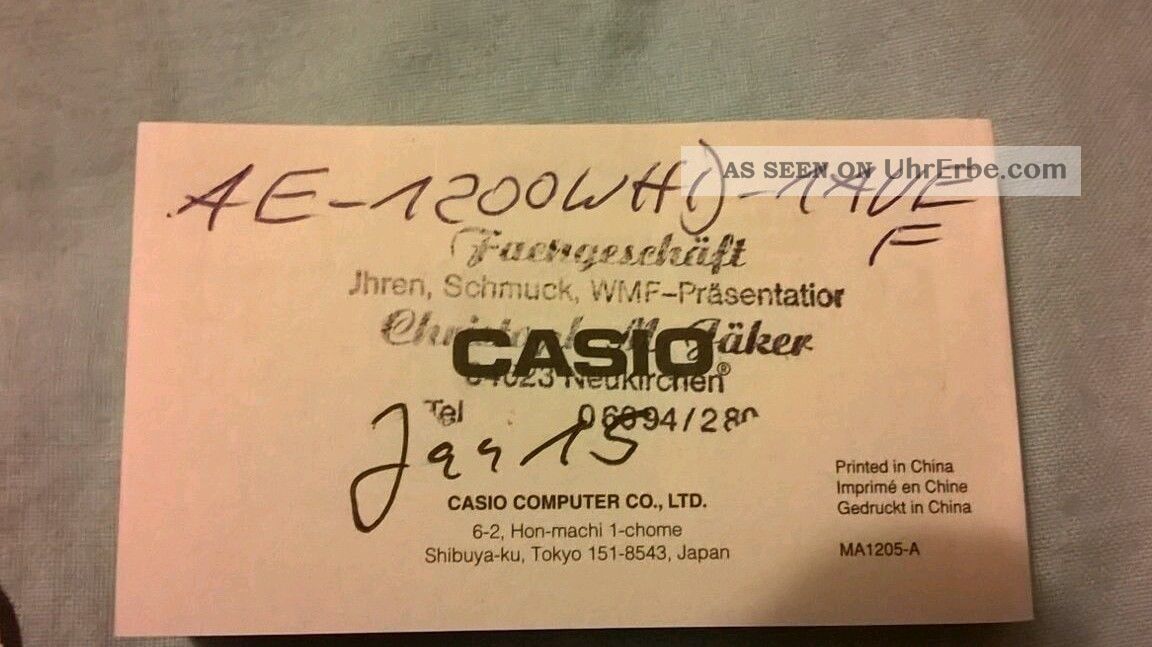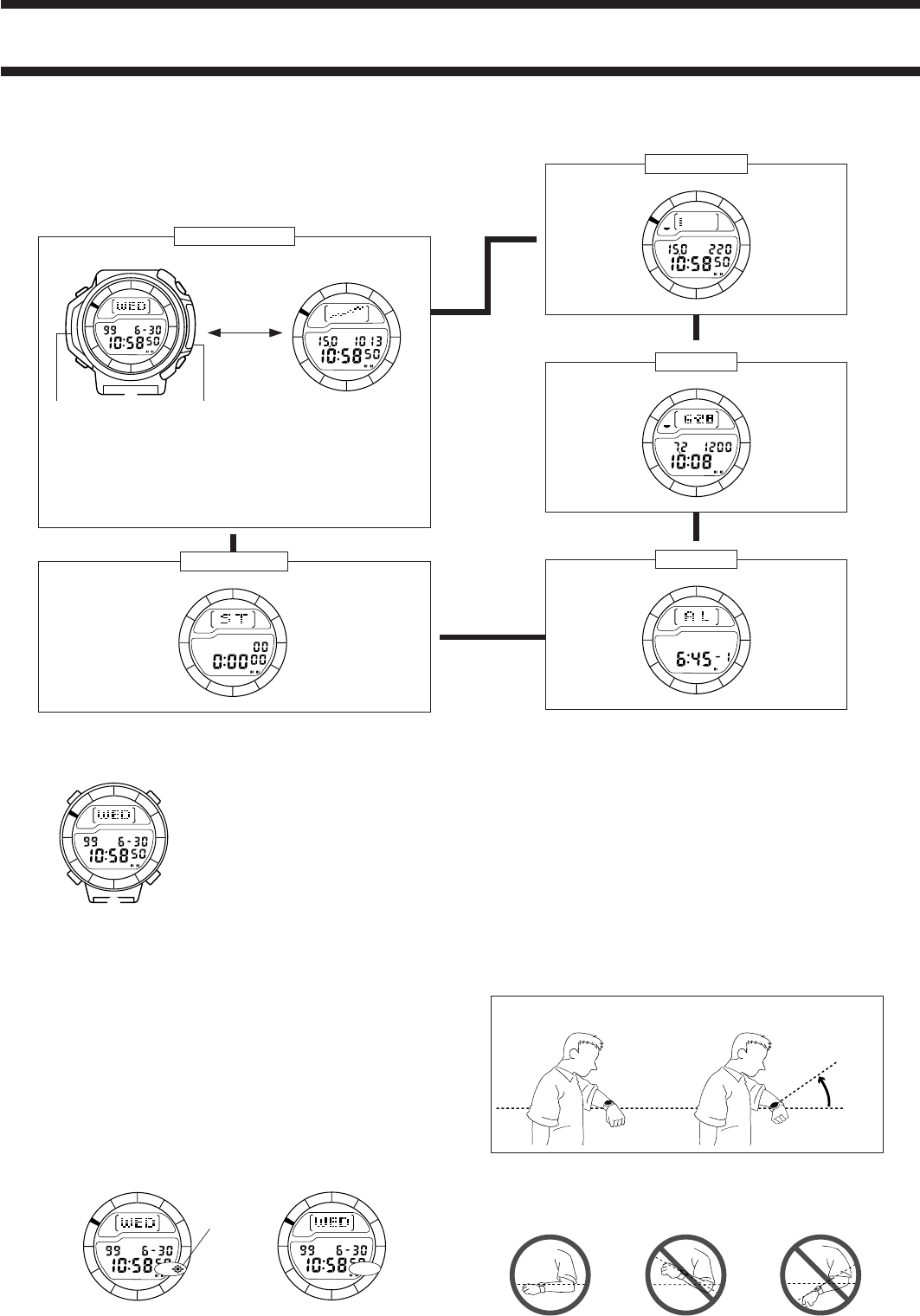

In 1929, the Seiko pocket watch was adopted as the official watch for the drivers of Japanese Government Railways. In order to avoid an ill omen believed to be associated with the word "GLORY" in Japanese, Seikosha changed its trade mark to "Seiko" in 1924. Seiko launched its first in-house pocket watch, the Timekeeper, in 1895 the first Japanese-made wristwatch, the Laurel, in 1913 and the first Seiko-branded wristwatch in 1924. In 1895, the watch dealer purchased the corner of Ginza 4-chome (the present-day location of WAKO), and constructed a building with a clock tower (16 meters from top to bottom), setting up shop at the new address. In 1892, Hattori began to produce clocks under the name Seikosha ( 精工 舎, Seikōsha), meaning, roughly, "House of Exquisite Workmanship." According to Seiko's official company history, titled A Journey In Time: The Remarkable Story of Seiko (2003), Seiko is a Japanese word meaning "exquisite" ( 精巧, Seikō) it is homophonous with the word for "success" ( 成功, Seikō). Hattori & Co., the 31-year-old Kintaro was appointed director of the Tokyo Clockmaker and Watchmaker Association and member of Tokyo Chamber of Commerce. In 1891, 10 years after the establishment of K. The growing success allowed him to relocate the company to the main street of Ginza (Tokyo), still the epicenter of commerce in Japan to this day. Hattori's shop became increasingly popular due to the rarity of the imported watches the shop was selling, which couldn't be found anywhere else in Japan. and Siber & Brennwald, allowing him to obtain exclusive imported timepieces and machinery, which was not available elsewhere at that time.

Over the years, Kintarō Hattori developed a close partnership with multiple foreign trading firms, including C&J Favre-Brandt, F. Hattori began dealing directly with these foreign trading firms in the Yokohama settlement focused on the wholesaling and retailing of western (imported) timepieces and machinery. Japanese wholesalers needed to purchase all the imported timepieces from foreign trading companies established in Yokohama, Kobe, and other open port areas.
#CASIO WORLD TIME MANUAL HOW TO#
Kintarō Hattori had been working as clockmaker apprentice since the age of 13, with multiple stints in different watch shops, such as “Kobayashi Clock Shop”, run by an expert technician named Seijiro Sakurai “Kameda Clock Shop” in Nihonbashi and “Sakata Clock Shop” in Ueno, where he learned how to both sell and repair timepieces.Īround the time of Seiko's founding, watchmakers in Tokyo, Osaka, and Nagoya were studying and producing pocket watches based on Western products. In 1881, Seiko founder Kintarō Hattori opened a watch and jewelry shop called "K. Some of the watches exported abroad, such as the Seiko 5, are also manufactured in Ninohe, Iwate, by Ninohe Tokei Kogyo (Established in 1974 as a parts factory for Seiko). Īt present, quartz and Spring Drive watches are manufactured in Shiojiri, Nagano ( Seiko Epson), and mechanical watches in Shizukuishi, Iwate (Morioka Seiko Instruments). Seiko remains as one of the world's most recognised watchmaking brands. It also reduced risk of production problems, since one company can increase production in the case of decreased production in the other parties.

Having two companies both producing the same brand of watch enabled Seiko to improve technology through competition and hedge risk. (now known as Seiko Epson Corporation, an independent publicly traded company). (now known as Seiko Instruments Inc., a subsidiary of Seiko Holdings since 2009) and the other was Suwa Seikosha Co. Seiko watches were originally produced by two different Hattori family companies (not subsidiaries of K.

Seiko Holdings Corporation was renamed Seiko Group Corporation as of October 1, 2022. After reconstructing and creating its operating subsidiaries (such as Seiko Watch Corporation and Seiko Clock Inc.), it became a holding company in 2001 and was renamed Seiko Holdings Corporation on July 1, 2007. Hattori & Co., Ltd.) in 1917 and renamed Hattori Seiko Co., Ltd. Seiko's mechanical watches consist of approximately 200 parts, and the company has the technology and production facilities to design and manufacture all of these parts in-house. Seiko is able to design and develop all the components of a watch, as well as assemble, adjust, inspect and ship them in-house. Along with Rolex, Seiko is one of only two watch companies considered to be vertically integrated. Seiko is perhaps best known for its wristwatches. Founded in 1881 by Kintarō Hattori in Tokyo, Seiko introduced the world's first commercial quartz wristwatch in 1969. Seiko Group Corporation ( セイコーグループ株式会社, Seikō Gurūpu kabushiki gaisha), commonly known as Seiko ( / ˈ s eɪ k oʊ/ SAY-koh, Japanese: ), is a Japanese maker of watches, clocks, electronic devices, semiconductors, jewelry, and optical products.


 0 kommentar(er)
0 kommentar(er)
